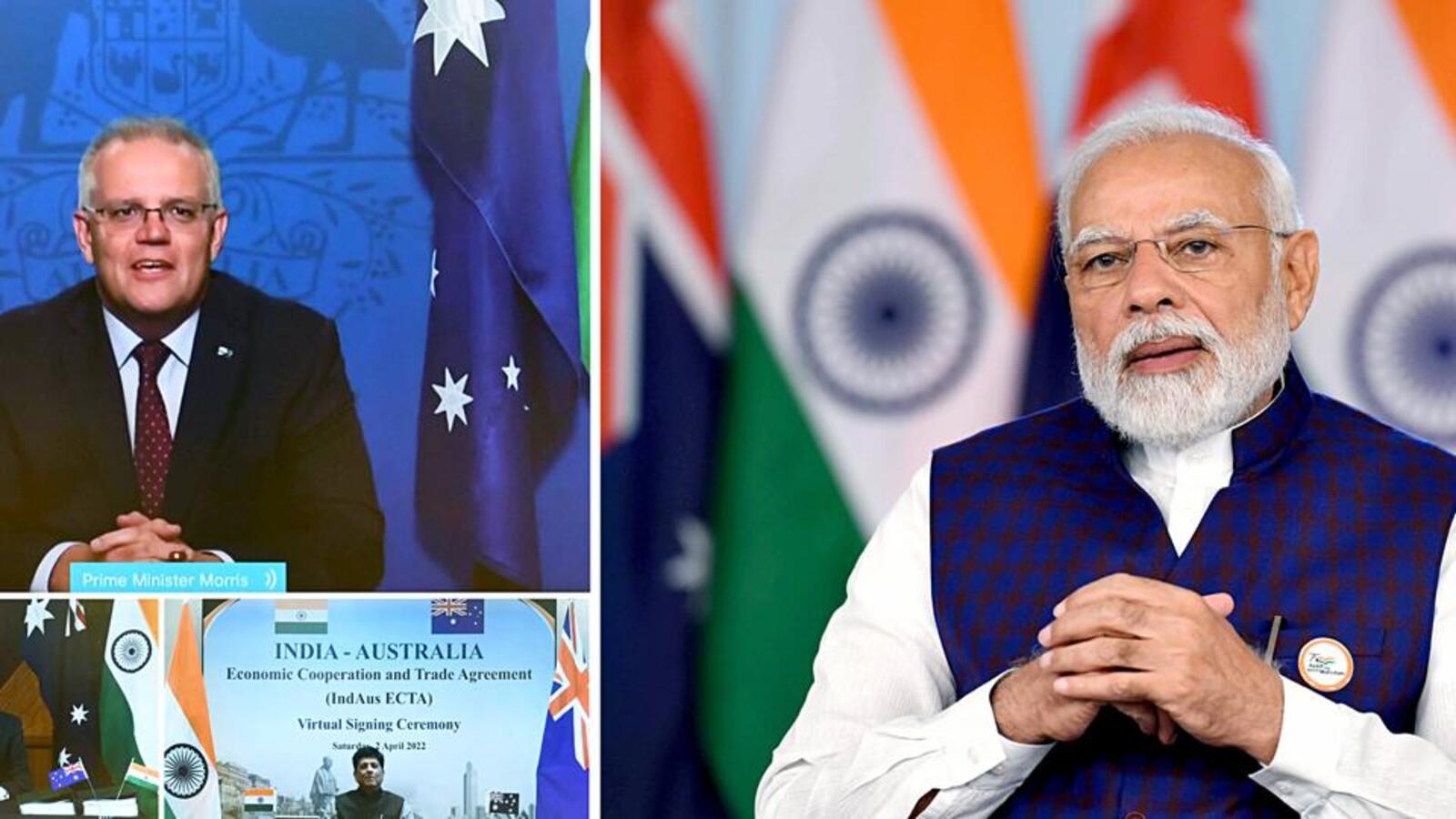[ad_1]
The interim free trade pact signed by India and Australia on April 2 is only a “first stage deal” that will create confidence for opening up more opportunities and the Indian side is set to get “front-row access” to Australia’s vast reserves of rare earth minerals, Australian high commissioner Barry O’Farrell said on Monday.
While acknowledging that agriculture continues to be a sensitive issue for both countries, O’Farrell said enhanced economic cooperation across diverse areas will help build the understanding needed to open up more sectors. India, Australia, Japan and the US were brought together by the Covid-19 pandemic accentuating some negative trends that existed in the world, he said.
The Australia-India Economic Cooperation and Trade Agreement (ECTA) signed on Saturday is a “first stage deal” and there is “clearly much more that can be done”, O’Farrell said at an event organised by the Australia India Institute. “I’m confident that deal will start, at a commercial level, building the confidence needed that will open up even more opportunities for both of our countries,” he said.
“Agriculture is…sensitive in Australia, it’s sensitive in India… Once we start cooperating in areas across our diverse economic sectors, once people understand that Australian wines are not going to crush Indian wines, that our products are going to be at different price points, then we will see greater and greater economic cooperation,” he added.
ECTA provides zero duty exports to 100% tariff lines from India to the Australian market, benefits labour-intensive sectors and provides greater access to the services space. It includes liberal visa norms for students and professionals, including quotas for Indian chefs and yoga teachers.
Indian consumers and businesses are set to benefit from immediate elimination of tariffs on 85% of Australian exports to India, and Australian consumers will benefit from almost 96% of Indian exports entering duty free.
At the same time, new initiatives unveiled by Australian Prime Minister Scott Morrison include measures that will give “front-row access” to Indian investment in Australian lithium and cobalt reserves and underpin secure supply chains across the Indo-Pacific, O’Farrell said.
Rare earth minerals, required for clean technologies and electric vehicles, have emerged as a key area of cooperation between the two sides. Australia accounts for more than 55% of global production of lithium.
Responding to a question about Chinese ownership of critical mineral reserves in Australia, O’Farrell pointed out that Chinese firms “do not own anywhere near a majority of critical minerals and rare earth mines in Australia because the vast bulk of those mines are not yet developed”. An Indian minister and a delegation from Khanij Bidesh India Ltd (KABIL), which will oversee Indian investments in critical minerals, will soon visit Australia for discussions, he said.
On Monday, the Australian government announced an investment of $1.25 billion into refining critical minerals and rare earths and this will ensure the shipping refined materials to India under secure and resilient supply chains that both countries want to have, O’Farrell added.
Education continues to be a key pillar of cooperation and there were 25,000 student arrivals from India since Australia reopened its borders last November. One of the key outcomes of the India-Australia Summit last month was progress towards a migration and mobility partnership arrangement, which will create opportunities for professionals and students to benefit from the education and employment markets of both sides.
[ad_2]
Source link


Structure of cycloguanil pamoate where to buy female viagra online The relatively weak association between administered oral gavage dose of DEP and MPB and the serum concentrations of their biomarkers exemplifies why there is growing concern about the use of the proper biologic matrix for exposure assessment Calafat et al